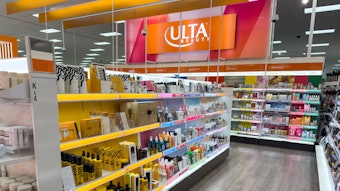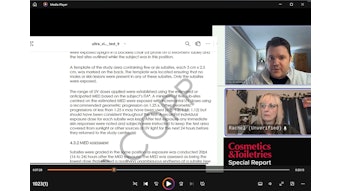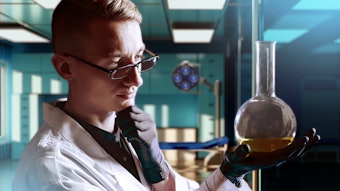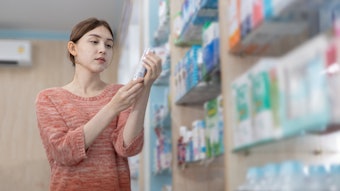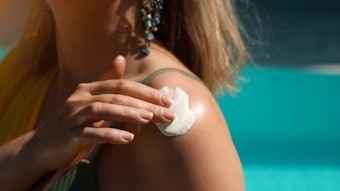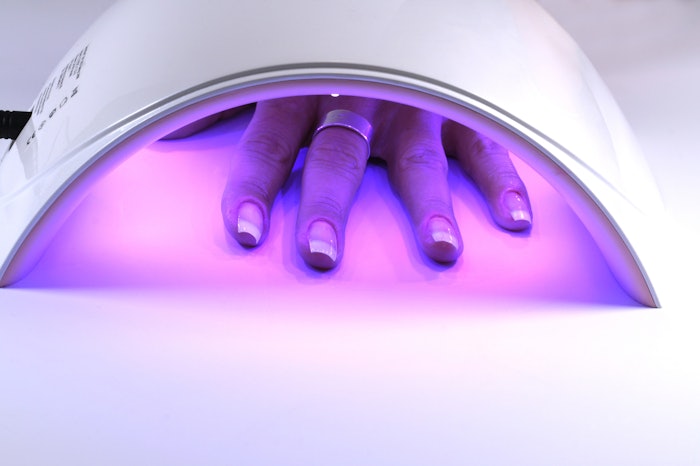
Recent regulatory actions, product recalls and new scientific findings are shining a spotlight on cosmetics and personal care product safety. Following is an overview of recent red flags; from ingredient bans to product recalls and emerging research on nanoparticle emissions.
This article is only available to registered users.
Log In to View the Full Article
Recent regulatory actions, product recalls and new scientific findings are shining a spotlight on cosmetics and personal care product safety. Following is an overview of recent red flags; from ingredient bans to product recalls and emerging research on nanoparticle emissions.
TPO Compound Faces Widespread Regulatory Action
European Union Implementation
Trimethylbenzoyl diphenylphosphine oxide (TPO), a photo-initiator commonly used in UV-curing gel nail polishes, has been officially banned across the European Union under Commission Regulation (EU) 2025/877, effective Sept. 1, 2025. The regulation classifies TPO as a reproductive toxicant following comprehensive toxicological assessments.
In a report from the BBC, Naila Dinani, M.D., a consultant dermatologist at the Royal United Hospital in Bath, explained, "TPO is being banned in the EU because scientists found it could be harmful if used in very high amounts over a long time." She added that the risk from having your nails done is likely very low, but "EU law says if a chemical is labelled as possibly harmful, it can’t be used in cosmetics."
Animal studies, notably administered via ingestion, have indicated TPO exposure may result in testicular abnormalities and reduced fertility. While direct human exposure through nail polish application differs significantly, regulatory authorities have applied precautionary principles for consumer protection.
A report from CNN Health added that the new restrictions in Europe do not mean gel polish is prohibited, only those products containing TPO are.
Morocco's Coordinated Response
The Moroccan Agency for Medicines and Health Products (AMMPS) has also implemented a comprehensive ban on cosmetic products containing TPO, covering marketing, manufacturing, importation, distribution and use. This regulatory alignment with European standards demonstrates the global coordination of safety measures and highlights the compound's concerning toxicological profile.
The Moroccan decision specifically targets nail polishes and gels utilizing TPO as a photo-initiator, requiring immediate cessation of professional use and consumer application. Beauty industry professionals must verify product compositions to ensure compliance with current safety standards.
Nanoparticle Emissions from Heat-Based Hair Styling
A recent open access article published in Environmental Science & Technology reveals significant nanoparticle emissions during indoor heat-based hair styling activities. The study, conducted at Purdue University's zEDGE Test House, demonstrates that styling at temperatures exceeding 300°F produces indoor nanoparticle concentrations ranging from 10,000 to over 100,000 particles cm⁻³.
Advanced respiratory tract deposition modeling in this scenario indicates that more than 10 billion nanoparticles could deposit in the respiratory system during a single hair styling session. The highest dose occurs in the pulmonary region, with sub-100 nm particles accounting for more than 95% of total number concentrations at temperatures exceeding 360°F.
Per the study, the primary mechanism for nanoparticle formation involves heat-driven volatilization of cyclic siloxanes and various low-volatility constituents in hair care products, followed by nanoparticle nucleation and subsequent growth via condensation and coagulation.
According to the authors, by providing a detailed characterization of indoor nanoparticle emissions during hair styling routines, this research lays the groundwork for future investigations into their impact on indoor atmospheric chemistry and inhalation toxicity.
U.S. and Australia Product Recalls
Foaming Hand Soap Contamination
According to the U.S. Food and Drug Administration (FDA), a voluntary recall has been initiated for Foaming Hand Soap, Fresh Lemon 12.5 oz. (Lot # 010728A231) due to failure to meet microbiological limits for non-sterile products. The recall, initiated by A.P. Deauville, LLC, affects 2,167 bottles distributed to 4 retailers and 1 distributor with potential nationwide distribution.
Tattoo Ink Bacterial Contamination
Also per the FDA, Sacred Tattoo Ink has recalled Sunny Daze 1 oz bottles (lot #SD1124, exp. 11/1/27) due to bacterial contamination, including Pseudomonas aeruginosa. This Gram-negative bacterium can pose significant infection risks, particularly for immunocompromised individuals or those with compromised skin barriers.
Australian Sunscreen Safety Concerns
Meanwhile, in Australia, skin care brand Naked Sundays voluntarily paused sales of its Collagen Glow Mineral Sunscreen following concerns as to whether the product meets the labeled levels of sun protection. This announcement followed a decision one week prior by another Australian brand, Ultra Violette, to remove one of its products from shelves after testing revealed it could not guarantee the SPF 50+ label claim.
According to ABC News, Naked Sundays reported the U.S. version of its product had already been retested and met the advertised SPF 50+ label claim. Naked Sundays is awaiting further guidance from the Therapeutic Goods Administration (TGA), which is carrying out a larger investigation of SPF testing — especially considering a report in June 2025 that 16 of some 20 sunscreens receiving their original SPF certification were tested at the same overseas laboratory.
Regulatory Implications for Formulators
The coordinated regulatory response to TPO across European and African markets indicates the continued trend toward global harmonization of cosmetic safety standards. Formulators must anticipate similar restrictions in additional markets.
In addition, the TPO ban necessitates the development of alternative photo-initiators for gel nail formulations. Research focus should concentrate on compounds with improved safety profiles while maintaining comparable curing efficiency and aesthetic properties.
The recent recalls highlight the critical importance of comprehensive microbiological testing throughout product development and manufacturing processes. Enhanced quality control measures must address both chemical composition and microbial contamination risks.
Longer Term Considerations
The evolving regulatory landscape requires proactive safety assessment strategies that anticipate rather than react to regulatory changes. Investment in comprehensive toxicological evaluation and alternative ingredient development will provide competitive advantages while ensuring consumer safety.
Formulators must balance innovation with precautionary principles, recognizing that consumer health concerns increasingly drive regulatory decision-making across global markets.




